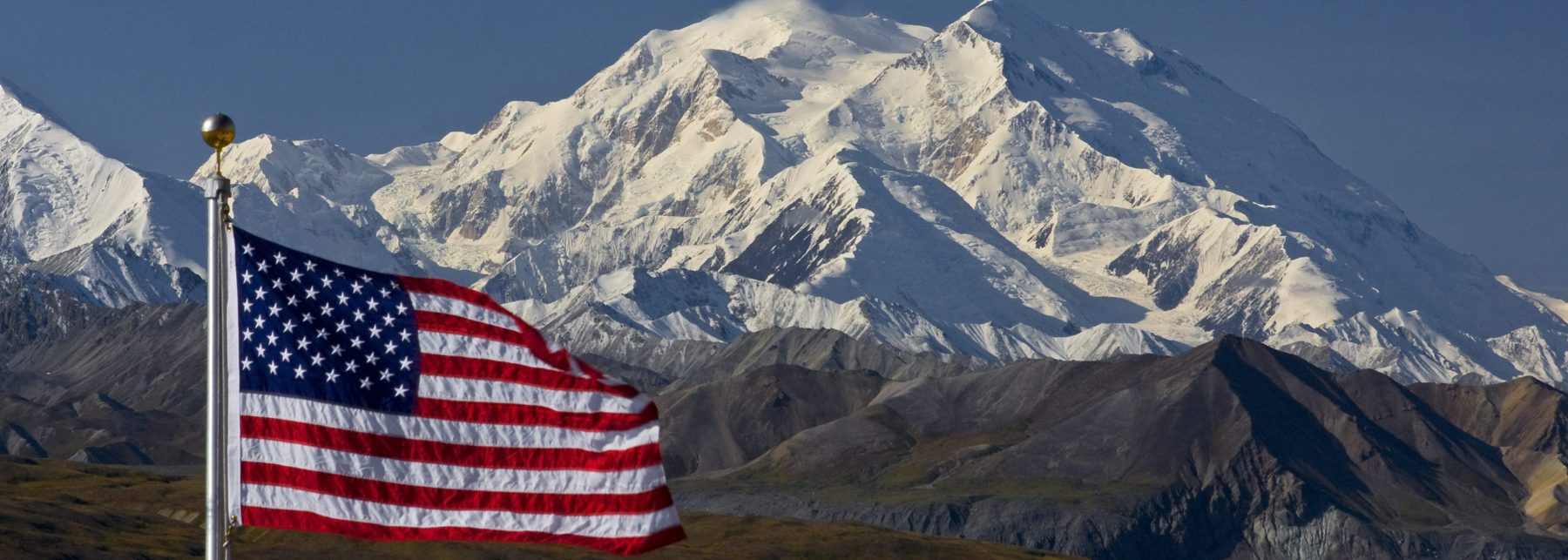Trump and Travel Bans
Say what you like about Donald Trump, but I don’t think anyone could argue he isn’t polarising. The biggest and most polarising act of his presidency so far was the executive order to place a travel ban on the US borders.
What was the substance of the order? All refugees were to be barred from the United States for four months (with the exception of Syrian refugees, who would be barred indefinitely). In addition, visitors from seven countries – Iraq, Iran, Syria, Libya, Somalia, Sudan and Yemen – were to be barred for 90 days (these countries were chosen because the Obama administration had listed them as ‘countries of concern’). The position of green-card holders and dual citizens was not clarified, leading to confusion when the order was enacted. The reason given for this was in order to allow the government time to review the security and the processes of America’s immigration system.
… we even saw a gathering at Warwick to oppose the order.
To say that there was a reaction to the news would be a massive understatement. The Democrats came out in condemnation, as did the international community. The Canadian Prime Minister Justin Trudeau stated that Canada would continue to welcome refugees as news of the ban broke, and France and Germany both condemned the order. In the US, thousands of protesters gathered at airports, and were joined by members of Congress, including Senator Elizabeth Warren. In England, there were protests in London, and we even saw a gathering at Warwick to oppose the order.
However, despite the backlash, a poll by Morning Consult and Politico found 55% of voters backed the order (38% opposed it). Additionally, there was some European sympathy to the ban – a survey, conducted the same week the ban began, asked more than 10,000 people from 10 European states about the ban, and their opinion of migration from predominantly Muslim states (an average of 55% believed it should be stopped, and that the ban was a good idea). Some Republicans also praised the order, with Paul Ryan saying that Trump was right to ‘make sure we are doing everything possible to know exactly who is entering our country.’
Really, the ban had the air of a rush job, aiming to fulfil a campaign promise, and the way it confused travellers and worried refugees who were already in America was proof of this.
Now, leaving aside the moral questions around the ban, there are questions to pose about its effectiveness. If it were designed to combat terrorism, it was striking in how it failed to include countries like Saudi Arabia (birthplace of most of the 9/11 hijackers) and Kyrgyzstan (the Tsarnaev brothers, who carried out the Boston Marathon bombings, were in America on visas). It was empirically not a Muslin ban either, as it only included on of the 10 countries with the largest Muslim populations (Iran). Really, the ban had the air of a rush job, aiming to fulfil a campaign promise, and the way it confused travellers and worried refugees who were already in America was proof of this.
As it happened, the ban was effectively beaten not long after it began – the government was challenged in court, and the suspension of the ban was ordered.
So, where do we stand currently? Officials in the Trump government say they’re working on a redraft of the executive order, rather than fighting the court ruling – it will focus on the same seven countries, but it will be strengthened against legal challenges and amended to address constitutional concerns.
The ban raised interesting questions about border policy and the limits of executive power. The majority of us like to travel, for example, but should we automatically have the right to go to any country we want? Suffice to say, this is a row that will continue to rumble on.

Comments